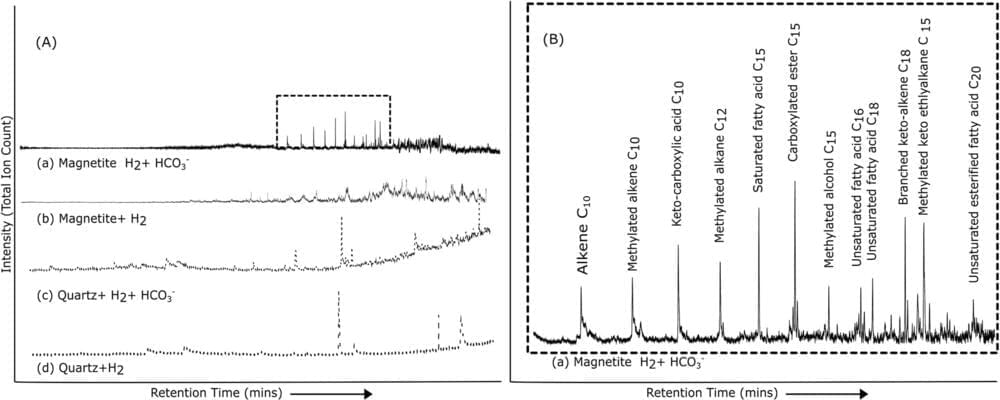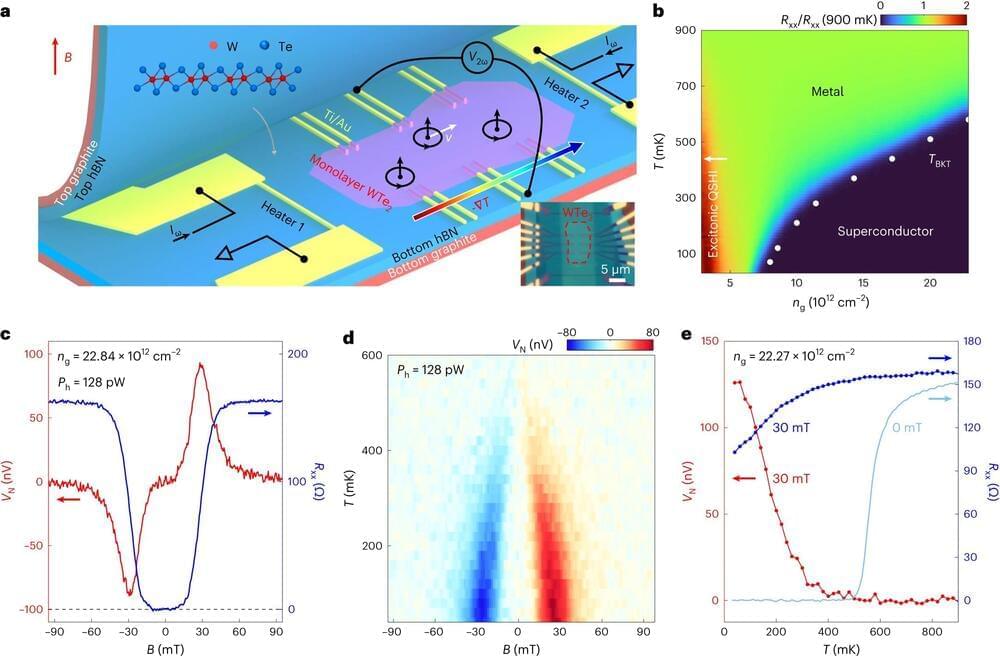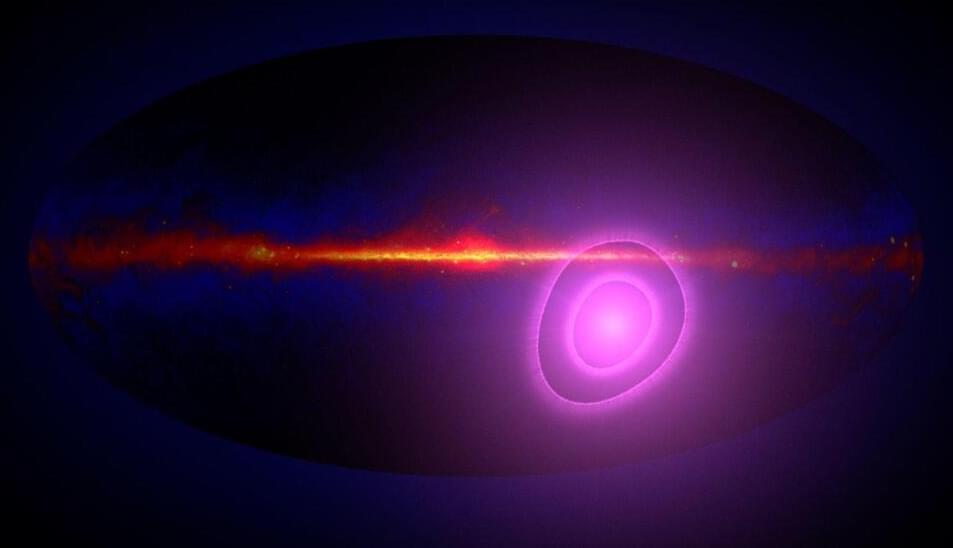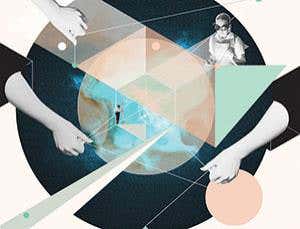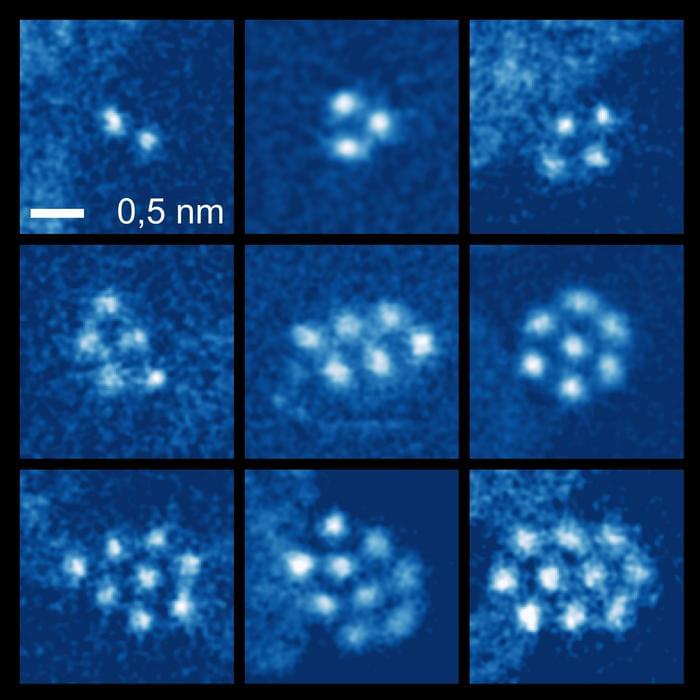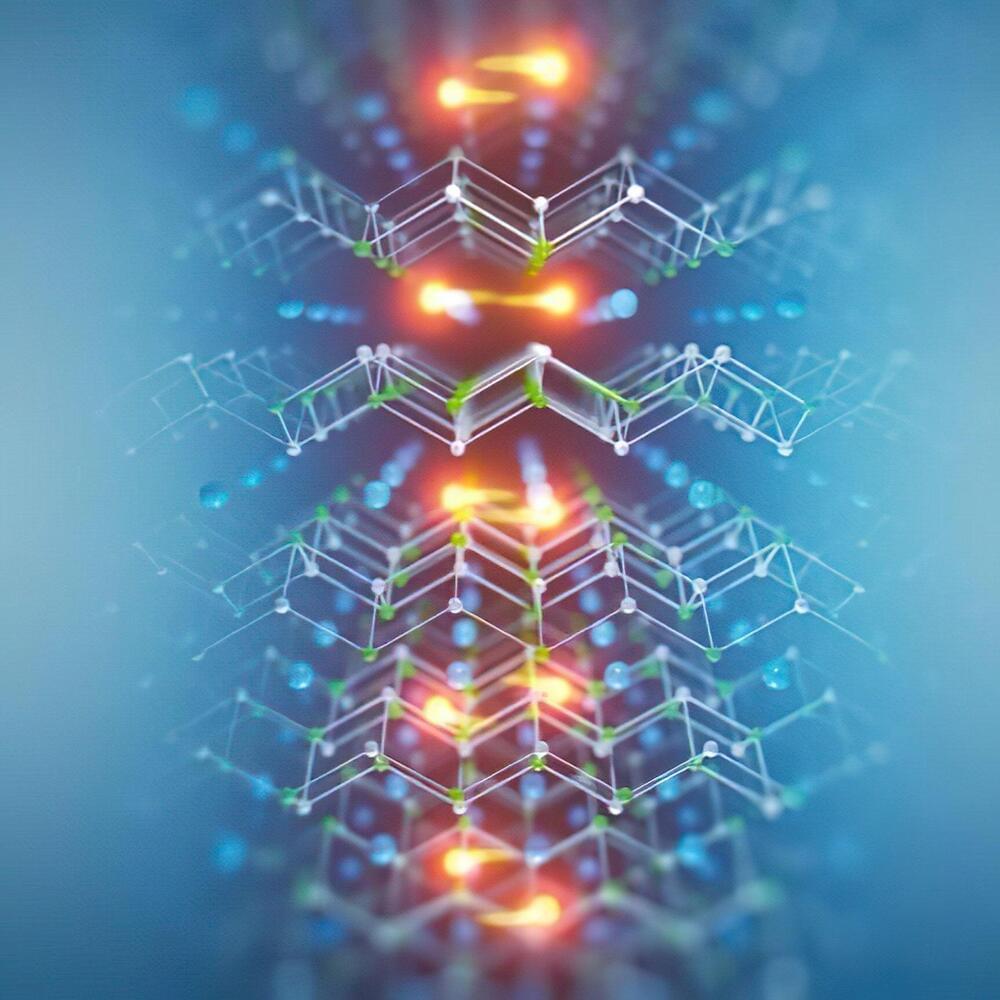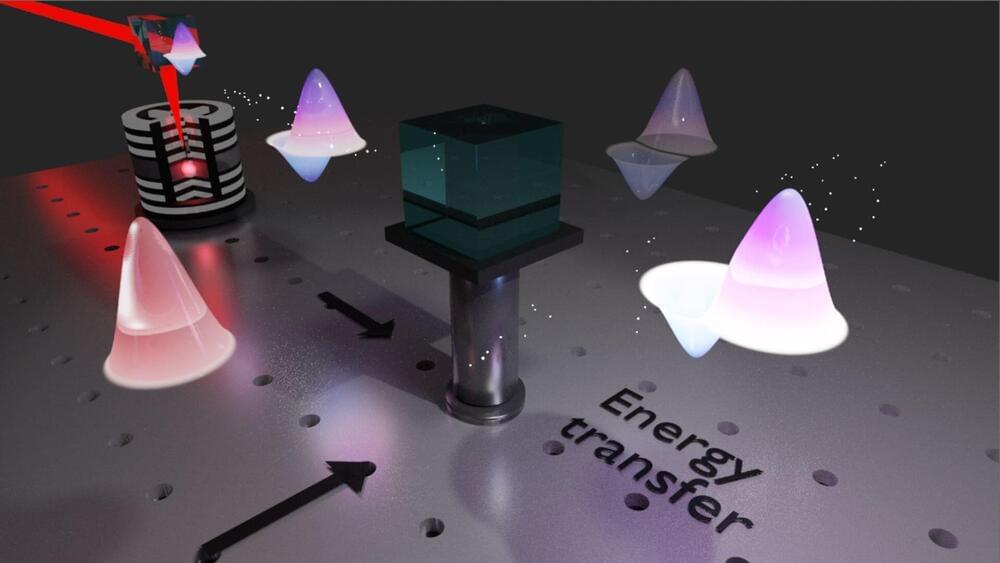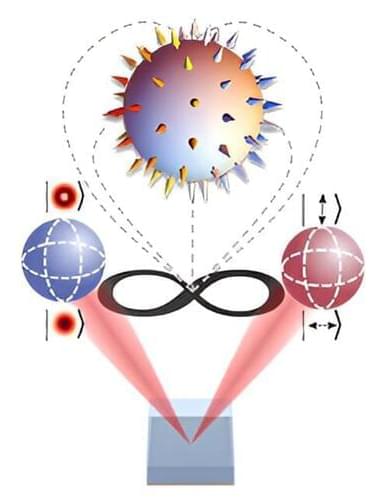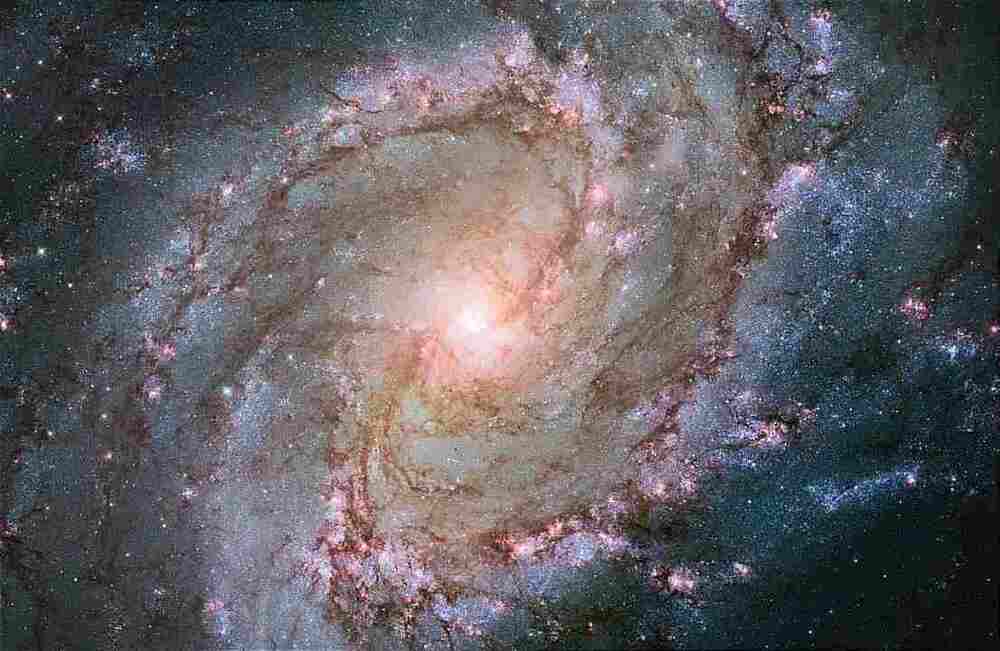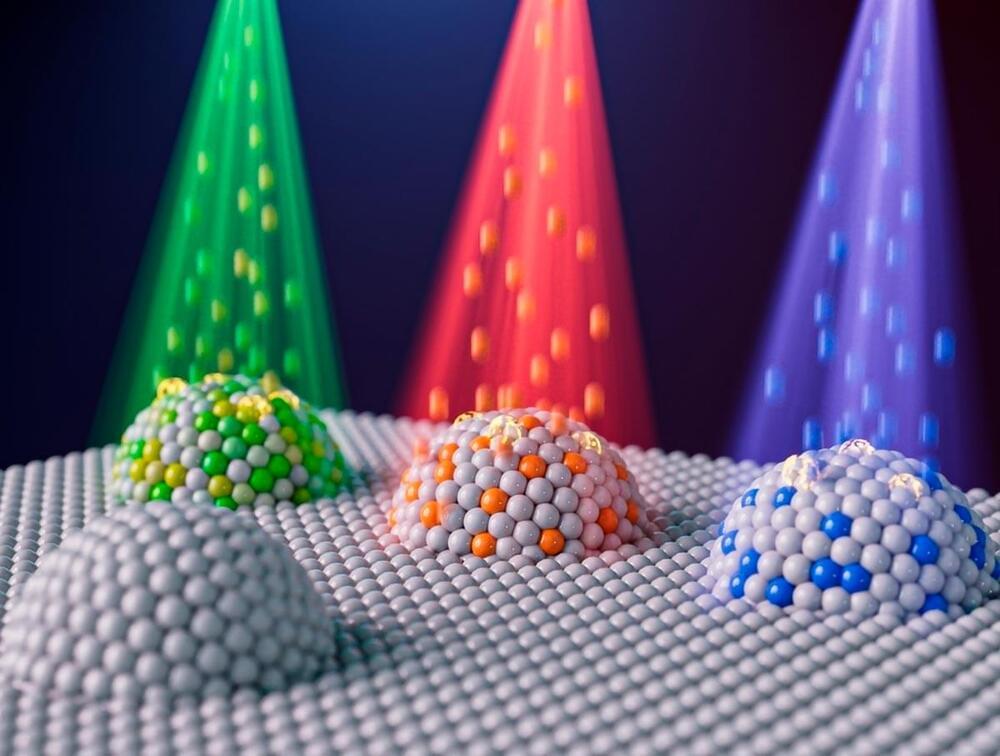Jan 12, 2024
Study uncovers potential origins of life in ancient hot springs
Posted by Saúl Morales Rodriguéz in categories: chemistry, particle physics
Newcastle University research turns to ancient hot springs to explore the origins of life on Earth.
The research team investigated how the emergence of the first living systems from inert geological materials happened on Earth more than 3.5 billion years ago. Scientists at Newcastle University found that mixing hydrogen, bicarbonate, and iron-rich magnetite under conditions mimicking relatively mild hydrothermal vent results in forming a spectrum of organic molecules, most notably including fatty acids stretching up to 18 carbon atoms in length.
Published in the journal Communications Earth & Environment, their findings potentially reveal how some key molecules needed to produce life are made from inorganic chemicals, which is essential to understanding a key step in how life formed on the Earth billions of years ago.
